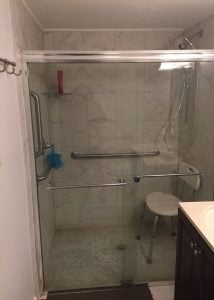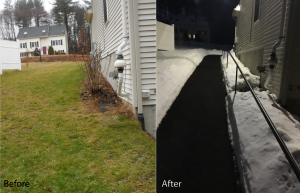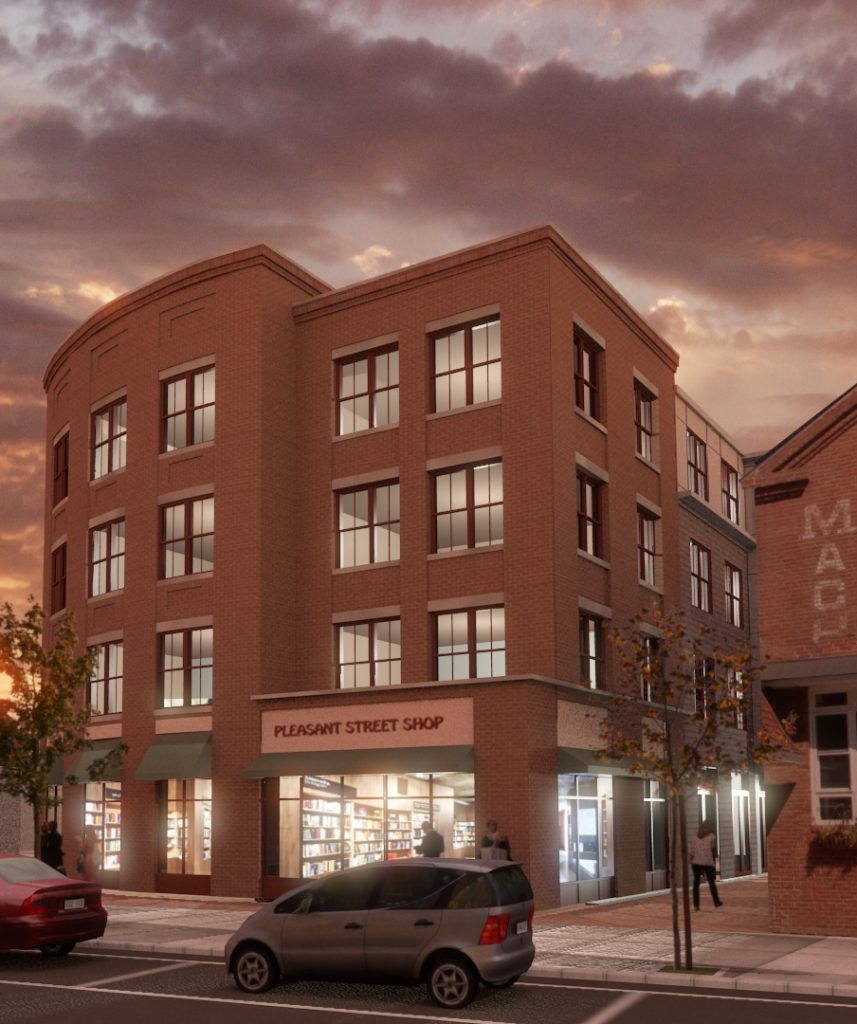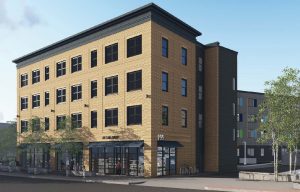Home Modification Loan Program (HMLP) is a state-funded loan program first enacted by the Legislature in 1999 to assist homeowners and small landlords finance home accessibility improvements. The program funds modifications such as ramps and lifts, hardwired alarm systems, fencing, bathroom and kitchen adaptations, and the creation of sensory spaces and accessory dwelling units. While HMLP has committed more than 2,700 loans and disbursed nearly $63 million to Massachusetts residents, its value can be best understood through real life stories of our borrowers.
Ron’s Story
HMLP beneficiary, Ronald Brown was placed in Seven Hills Foundation Shared Living Program by the Massachusetts Department of Developmental Services after the apartment where he resided for many years was found to be uninhabitable and condemned. He was unhappy with this change and had trouble coping at his first Shared Living placement. All of this changed one weekend in October 2016 when a short respite was needed and he came to stay with Githui Mwangi, a caregiver with Seven Hills Foundation Shared Living Program. Ron recalls that the weekend he moved in with Githui, who he affectionately calls “Mr. G”, was the one that changed his life.

Before becoming a member of Mr. G’s household, Ron was overweight, required a walker, and on his way to needing to use a wheelchair full-time. When Githui realized his home wasn’t conducive to all of Ron’s mobility needs, he spoke with a caseworker who connected him with RCAP Solutions, the HMLP provider agency serving Central Massachusetts. HMLP helped Githui modify his home for Ron by adapting the bathroom to include a walk-in shower with grab bars. To ensure Ron could safely navigate getting into his home, which is located on a hill, HMLP funded a paved walkway that created a more gradual incline. The new walkway, which both men deem “a dream come true”, is Ron’s primary access point to his home. He also uses it as a form of physical therapy to get more exercise. Today, Ron no longer uses his walker and has lost over 60 pounds.
Githui had become a caregiver with Seven Hills Foundation Shared Living Program because “helping to care for those who need help has been ingrained” in him his entire life. With HMLP, he has been able to help Ron and both of their lives were changed. With these modifications and Mr. G’s support, Ron said, “for the first time I felt like I was home.”
Githui has encouraged other Shared Living caregivers to look to HMLP for their modification needs and plans to use the program to accommodate any other individuals that he plans to care for in the future. To help Ron, Githui borrowed the full loan amount then available through HMLP, which was $30,000. The recently announced HMLP program changes, which increase the maximum loan amount available by $20,000, will enable borrowers, like Githui, to address additional modification needs that were not possible with the previous loan limits.
Necessary Changes
CEDAC and the Massachusetts Rehabilitation Commission (MRC), who jointly administer HMLP, recently announced changes to the program. Homeowners who are income-eligible may now borrow up to $50,000, a significant increase to the program’s previous loan maximum. The second program change simplifies the terms of the HMLP loans offered. HMLP now offers no-interest, deferred payment loans to all income eligible households, replacing a schedule of interest rates that were based on multiple income tiers.
HMLP had not increased the maximum amount borrowers could access since 2008. Although the rate of increases varies, construction costs are rising throughout Massachusetts. These rising construction costs have made it particularly challenging for many HMLP borrowers to fund the full scope of modifications necessary for their household member. The recent increase reflects the program’s commitment to ensuring that the needs of these individuals and families are met, despite rising costs.
This increase in HMLP loan funds available to Massachusetts homeowners for home modifications is only valuable if residents are aware of this resource. While HMLP is undertaking its own outreach to help spread the word, we ask you for your help! If you work at a community based agency, do you need brochures for your waiting area? Would a staff training or information session for clients be helpful? Or maybe a simple article for your newsletter? If so, we’d welcome any opportunity to collaborate, so please be in touch. Please visit cedac.org/hmlp or call 1-866-500-5599 for more information.




